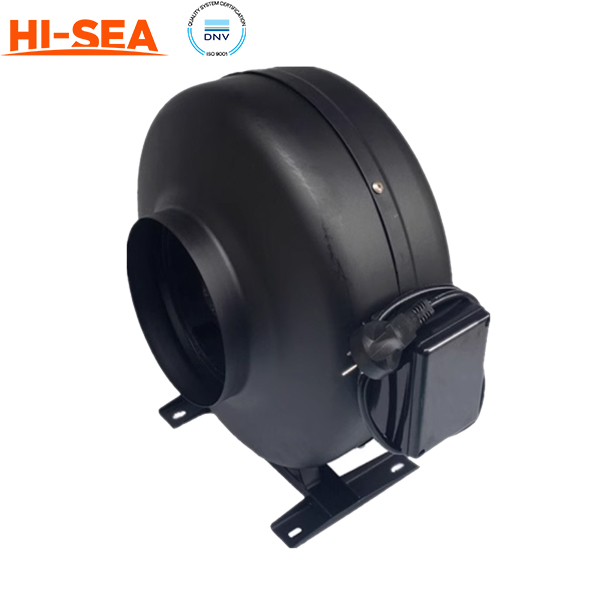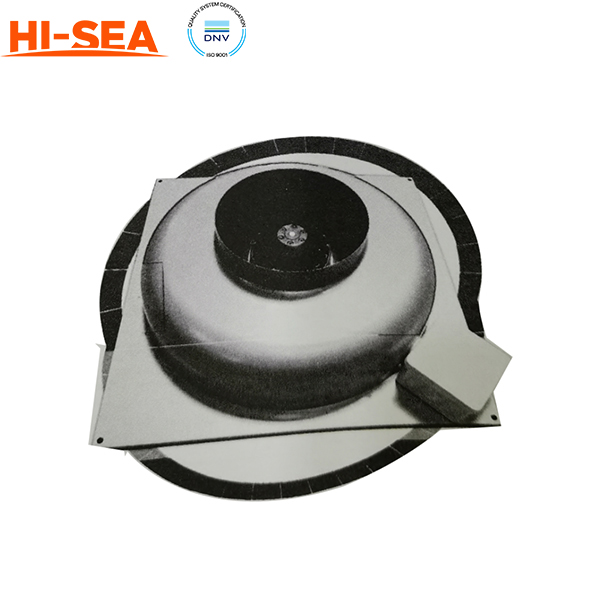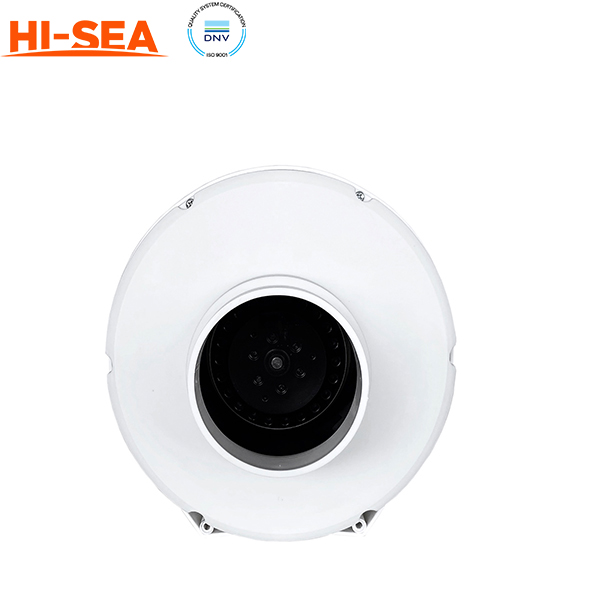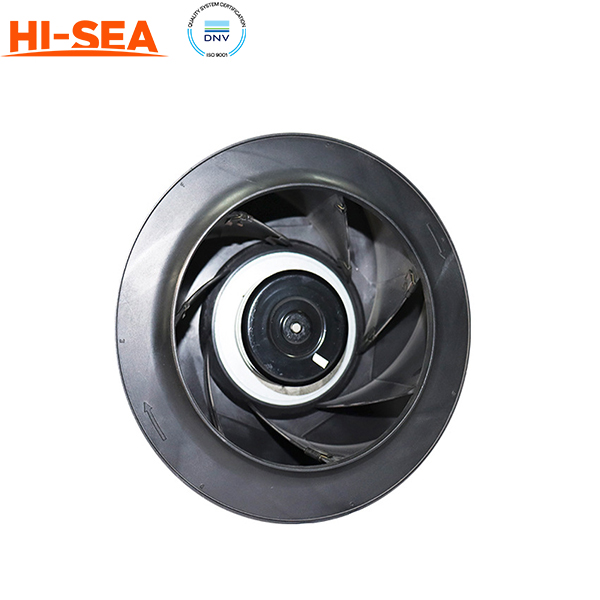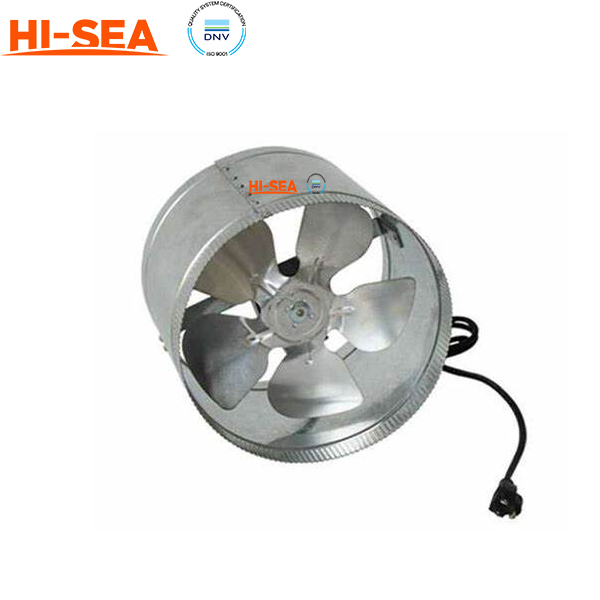MARINE & OFFSHORE EQUIPMENT
- Dredging Equipment
- Marine Deck Machinery
-
Marine Mooring Equipment
-
Marine Anchor
- AC-14 HHP Anchor
- Admiralty Anchor
- Beldt Stockless Anchor
- Bruce Anchor
- Spek Anchor
- Danforth HHP Anchor
- Delta High Holding Power Anchor
- GB11579-89 Light Weight Anchor
- Hall Anchor
- High Holding Power Mastrosov Anchor
- Hot Dip Galvanized Anchor
- Japan Stock Anchor
- JIS Stockless Anchor
- Pool Anchor
- Single Fluke Anchor
- Stainless Steel Anchor
- Stevpris MK5 Anchor
- Stingray Anchor
- US Navy Stockless Anchor
-
Marine Anchor Chain
-
Marine Shackle
- Kenter Shackle
- D Type Joining Shackle
- Pear Shaped Shackle
- Anchor Swivel Shackle Type A
- Anchor Swivel Shackle Type B
- Buoy Shackle Type A
- Buoy Shackle Type B
- C Type Detachable Connecting Link
- D Shackle
- Forelock Shackle
- Anchor Chain Swivel Group
- Straight Shackle
- Anchor Shackle
- Marine Triangle Plate
- Anchor Chain Swivel
- Anchor Chain Joining Shackle
- Anchor Chain End Shackle
- Slim Kenter Shackle
-
Chain Chaser
-
Marine Bollard
-
Marine Chock
-
Marine Fairlead
-
Marine Chain Stopper
-
Marine Mooring Reel
-
Marine Towing Bracket
-
Mooring Rope
-
Marine Towing Hook
-
Marine Shark Jaw
- Marine Fender
-
Marine Buoy
- Marine Floating Pontoon Dock
-
Marine Anchor
- Aquaculture Equipment
- Marine Outfitting Equipment
- Marine Propulsion System
-
Marine Painting
-
Marine Auxiliary Machinery
- Marine Air Compressor
- Marine Air Receiver
- Marine Sewage Treatment Plant
-
Marine Diesel Generator Set
- Marine Oil Water Separator
- Ballast Water Management System
- Marine Hydrophore
- Marine Calorifier
- Seawater Desalination Plant
-
Marine Oil Separator
- Marine Fuel Oil Supply Unit
- Marine Heat Exchanger
-
Marine Hot Well Unit
-
Marine Incinerator
-
Marine Boiler
-
Marine Valve
- JIS Marine Valve
- DIN Marine Valve
- ANSI Marine Valve
- GB Marine Valve
- CB Marine Valve
- CBM Marine Valve
-
Marine Gate Valve
-
Marine Globe Valve
-
Marine Angle Globe Valve
-
Marine SDNR Valve
-
Marine Angle SDNR Valve
-
Marine Check Valve
-
Marine Storm Valve
-
Marine Butterfly Valve
-
Marine Quick Closing Valve
-
Marine Fire Valve
-
Marine Self Closing Valve
- Marine Valve Accessories
-
Marine Pump
- Marine Centrifugal Pump
- Marine Screw Pump
-
Marine Gear Pump
-
Marine Vortex Pump
-
Marine Ejector Pump
-
Marine Diaphragm Pump
-
Marine Piston Pump
-
Marine Fire Pump
-
Marine Emergency Fire Pump
-
Marine External Fire Pump
-
Marine Ballast Water Pump
-
Marine Fuel Pump
-
Marine Lubricating Oil Pump
-
Marine Bilge Pump
-
Marine Sewage Pump
-
Marine Domestic Water Pump
-
Marine General Pump
-
Marine Cargo Oil Pump
-
Marine Hand Pump
- Marine Pump Parts
- Marine Life-saving Equipment
- Fire-fighting Equipment
- Marine Cable
- Marine Electrical Equipment
- Marine HVAC
-
Labour Protection Appliance
- Marine Decorative Material
-
Marine Anode
- Marine Pipe Fitting & Flange
- Marine Instrument
- Ship Building Equipment
INDUSTRY EQUIPMENT
- Hoisting Equipment
- Welding Machine & Material
-
Cutting Machine
- Container Securing Fitting
- Link Chain
- Container & Storage Equipment
-
Diesel Generator Set
- Other Equipment and Tools
- Petrochemical Equipment
- Fiber Reinforced Plastics
- Polymer Materials
- Environmental Protection Series
- Geo-products and Building Materials
- Metal Mesh
- Steel Grating
-
Earthwork Teeth
-
Turnbuckle
STOCK LIST
Contacts
 Tel:+86-23-67956606
Tel:+86-23-67956606
 FAX:+86-23-67956622
FAX:+86-23-67956622
 Email:manager@cqhisea.com
Email:manager@cqhisea.com
Working Time: 9:00--17:00
Working Day: Monday to Friday Website: www.cqhisea.com

DN300 Duct InLine Fan
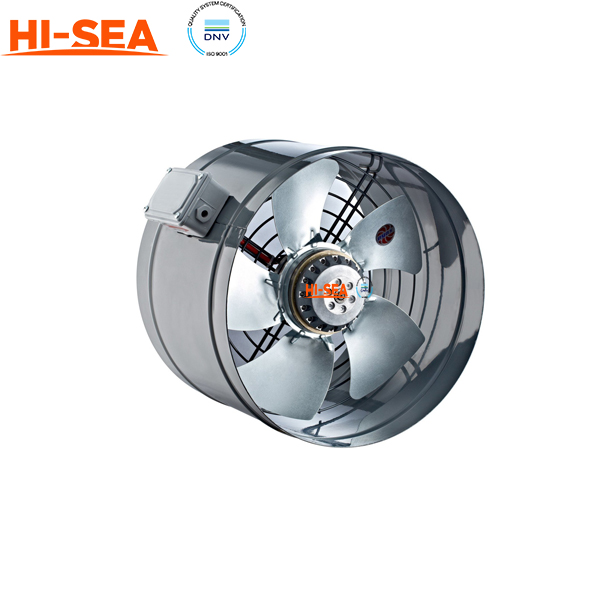
DN300 Duct InLine Fan
Introduction:
A DN300 duct inline fan refers to a specific type of fan used in ventilation systems. "DN300" indicates the size of the fan, which is based on the nominal diameter of the duct it is designed to fit. In this case, DN300 means the fan is intended for use with a duct that has a diameter of 300 millimeters (or approximately 12 inches).
An inline fan is typically installed inside the ductwork and is used to move air through the ventilation system. It helps to remove stale or polluted air and circulate fresh air. Inline fans are commonly used in various applications, including residential, commercial, and industrial settings, where there is a need for efficient air movement.
When considering a DN300 duct inline fan, it's essential to look at specific features such as airflow capacity, power consumption, noise level, and the overall design of the fan to ensure it meets the requirements of your ventilation system. Different models and manufacturers may offer variations in performance and additional features, so it's recommended to review product specifications or consult with an HVAC professional to determine the most suitable fan for your specific needs.
Feature:
1. Size: The DN300 specification indicates that the fan is designed to fit ducts with a diameter of 300 millimeters (or approximately 12 inches).
2. Airflow Capacity: The fan will have a specified airflow capacity, usually measured in cubic meters per hour (m³/h) or cubic feet per minute (CFM). This measurement indicates the volume of air the fan can move within a given time.
3. Power Consumption: The fan's power consumption is typically measured in watts (W) and represents the amount of electrical power it requires to operate.
4. Noise Level: Inline fans produce varying levels of noise during operation. Manufacturers often provide a noise rating, usually measured in decibels (dB), to help assess the fan's sound output.
5. Motor Type: The fan may use different types of motors, such as AC (alternating current) or DC (direct current). DC motors are often preferred for their energy efficiency and quieter operation.
6. Speed Control: Some inline fans offer variable speed control, allowing you to adjust the fan's speed to suit specific airflow requirements or noise preferences.
7. Construction and Materials: The fan's housing is typically made from durable materials like metal or plastic. It may also have features such as insulation or vibration dampening to minimize noise transmission.
8. Efficiency and Energy Rating: Certain models may provide energy-efficient operation and carry certifications or ratings, such as Energy Star or specific efficiency classes.
9. Safety Features: Fans may include safety features like thermal overload protection or motor protection to prevent overheating and ensure reliable operation.
10. Installation Options: Inline fans can be designed for different installation orientations, such as horizontal or vertical mounting, depending on your specific duct layout and space constraints.
These features can vary depending on the manufacturer and model of the DN300 duct inline fan. It's recommended to review product specifications or consult with the manufacturer or an HVAC professional to get accurate and detailed information about the specific fan you are interested in.


